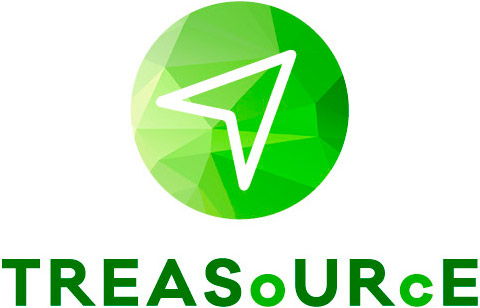When we were first planning the TREASoURcE project proposal, we were looking at the requirements of the call text to focus on one or more of the Circular Economy Action Plan key product value chains. In the moment of brilliance, or madness, we decided to pick three: plastics, batteries, and nutrients.
To be more exact, we are focusing on underutilized or non-circulating streams. So, for plastics, we are looking at recycling post-consumer plastic packaging waste rejects (=not currently recycled), agricultural plastic waste and plastic waste from batteries. We are focusing on demonstrating end-of-life electric vehicle batteries as stationary energy storage systems and building an e-marketplace as well as developing urban-rural symbiosis tools and local bioeconomy markets for the bio-based side and waste streams for biogas and nutrients.
Now that the project has been running for one year, I’ve from time-to-time run into the following questions and comments: “Why so different value chains?“, “Isn’t it confusing to focus on so many value chains?”, “What is the value added?”, “I have no interest in the other value chains, just mine.”
There is definitely a lot of content, even from a purely technical perspective. Moreover, we have coupled all the Key Value Chain Demonstrations (or KVC-DEMOs as we like to call them) with five different Stakeholder Engagement Demonstrations (SE-DEMOs). Why?
It is common that sector people talk and collaborate mostly with their own value chain actors and sector – energy people discuss with energy people, plastics people with plastics people, and of course bioeconomy people engage more in the bioeconomy circles. Shouldn’t we try to break these lines? How can we find new synergies and ways of working? Maybe one value chain has already solved an issue that is current for the other? Those are great moments in our project when someone learns something totally new from another value chain and applies that thinking to theirs, especially great moments when someone solves an issue they had.
Maybe some can already pick-up several connections. There are different layers to the connections, interlinkages, and commonalities even if we are looking at totally different value chains, and where those connections go beyond just technologies and the actual material flows within and between value chains: citizens and communities, consumers, cities and regions, and decision and policy makers. For example, authorities influence the operational environments, consumers shift demand, and cities and regions together with their citizens and communities can catalyze circulation of waste and side streams by boosting collection and uptake of circular solutions. The research field of stakeholders’ roles and engagement in circular economy is in its early stages but quickly developing.
I argue that this is most likely what it will require to change systematically our linear societies and industries – collaboration and co-development across typical sector lines, focus areas and stakeholder buddies. Our TREASoURcE motto “the treasure in resources” has a lot meaning – the resources are not just material flows, they are the people with various backgrounds and roles as well as broad collaboration with eagerness to contribute and make a difference.
20.06.2023 | Anna Tenhunen-Lunkka, Project Coordinator of TREASoURcE (VTT), anna.tenhunen-lunkka@vtt.fi
